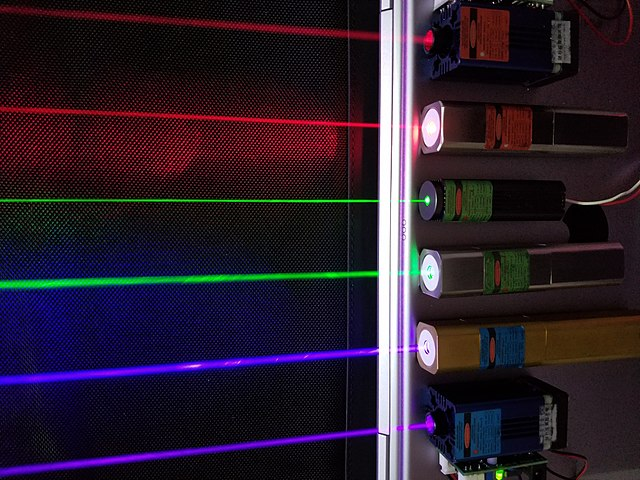🔥 The Power of Light as a Blade
Imagine a blade made not of steel, but of pure light. That’s essentially what a laser cutter is—a focused, high-energy beam of light capable of slicing through even thick metal sheets. But how?
🌟 Step-by-Step: How Laser Cuts Metal
1. Laser = Focused Light
A laser is made by amplifying light and narrowing it into a single, intense beam. This beam is so concentrated that its energy is packed tightly into a tiny point—like sunlight through a magnifying glass.
2. Hitting the Surface
When this high-energy laser beam hits metal, it doesn’t “cut” like a knife. Instead, it heats the metal to thousands of degrees Celsius, rapidly melting, vaporizing, or burning the material.
3. Melting & Ejecting
As the metal melts:
-
A high-pressure gas jet (usually oxygen or nitrogen) blows the molten metal out of the cut.
-
This clears the path, allowing the laser to continue deeper or along a cutting path.
4. Precise Movement
The laser head moves using computer control (CNC), tracing detailed patterns with micrometer accuracy. It’s like a robotic light scalpel, making clean cuts without ever touching the metal.
⚙️ Types of Lasers Used in Cutting
| Laser Type | Material Suitability | Notes |
|---|---|---|
| CO₂ Laser | Non-metals, thin metals | Cheap, good for plastics and wood |
| Fiber Laser | Thick metals like steel, aluminum | Efficient, compact, long-lasting |
| Nd:YAG Laser | Both metal and non-metal | Versatile but complex to maintain |
🌡️ Why It Works on Metal
-
Metals absorb laser energy very well—especially when the beam is powerful enough (up to 10,000 watts or more).
-
Once a small spot reaches melting point, the process accelerates, like a hot knife sliding through butter.
✅ Advantages of Laser Cutting
-
Precision: Very clean, narrow cuts.
-
Speed: Fast for thin to medium thickness.
-
No physical wear: No blade to dull.
-
Automation: Can be computer-programmed for mass production.
⚠️ Limitations
-
High energy consumption.
-
Expensive equipment.
-
Can reflect off shiny metals like copper unless optimized.
🧠 Fun Fact:
Laser doesn’t “push” the metal—it converts light into heat so intense that matter just disappears—literally turning into gas or molten spray.
